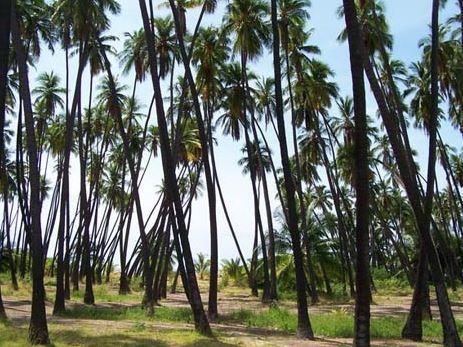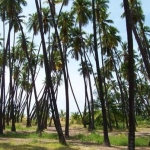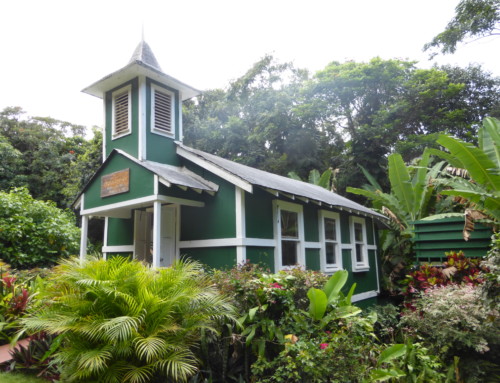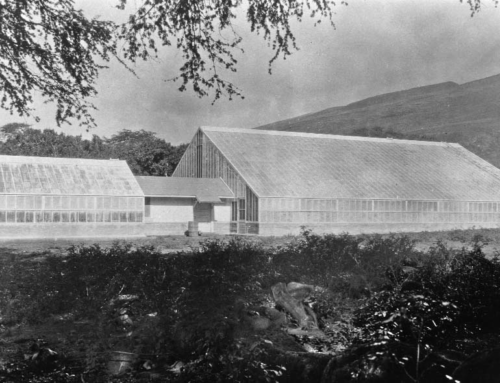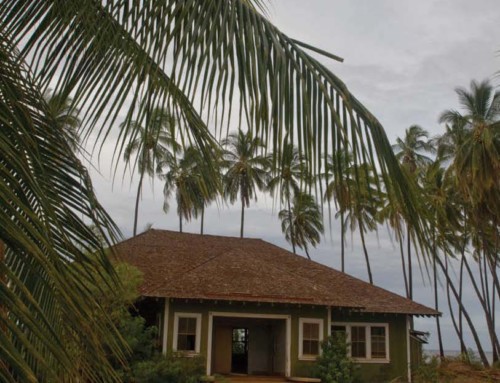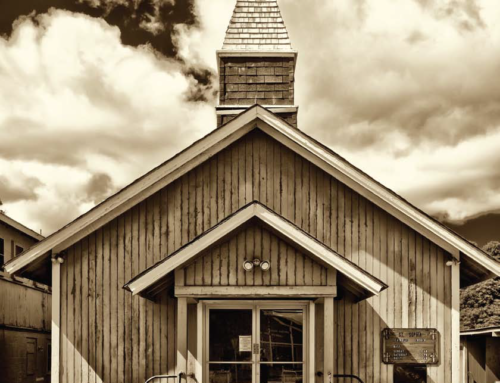Article Written By: Katrina Valcourt, HONOLULU Magazine
What are they?
Named for King Kamehameha V (Lot Kapuāiwa), this nearly 10-acre beachfront grove was first planted in the 1860s with 1,000 coconut trees, one for each warrior in his army. It’s one of the last royal coconut groves and considered by many to be sacred, filled with hundreds of trees and some freshwater springs. Coconut palms usually live for 60 to 80 years, and more than half of the grove has been replanted at least three times, but some of the original trees are still standing.
What threatens them?
The grove is not tended to on a regular basis, which leads to haphazardly strewn fronds and fallen trees, plus a buildup of litter. On top of general disrepair, many of the trees have become infected with coconut mites and other pests and diseases, according to the Moloka‘i branch of the Maui Invasive Species Committee.
What can be done?
Some trees have been removed, but “Specific expertise on palms needs to be brought to bear,” says Darcy Oishi, an entomologist with the state Department of Agriculture, including assessments of soil quality and pests. The state Department of Hawaiian Home Lands, which owns the area, is currently installing a fence around the grove, mainly to keep out vehicles. “We have to be vigilant in trying to keep the public safe,” says Halealoha Ayau, DHHL Moloka‘i acting district supervisor. “We’re not saying you can’t go in at all, but reasons should be limited to cultural and educational.” As of this writing, people were still entering the grove without permits and safety gear. The DHHL is also considering hiring a company to do quarterly maintenance. The Kalama‘ula Homesteaders’ Association, which has been advocating for the grove’s cleanup for years, wants to help, but president Gayla Haliniak-Lloyd says they need support from DHHL and other state officials to move forward with restoration and preservation.


